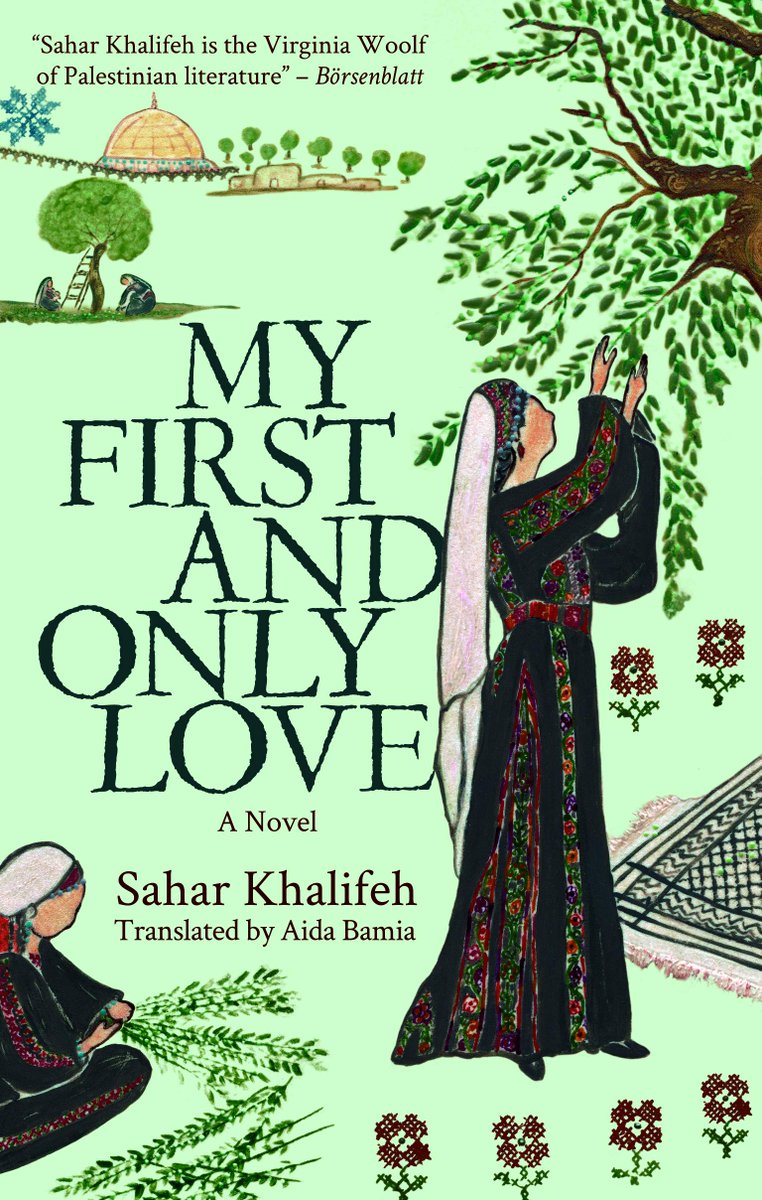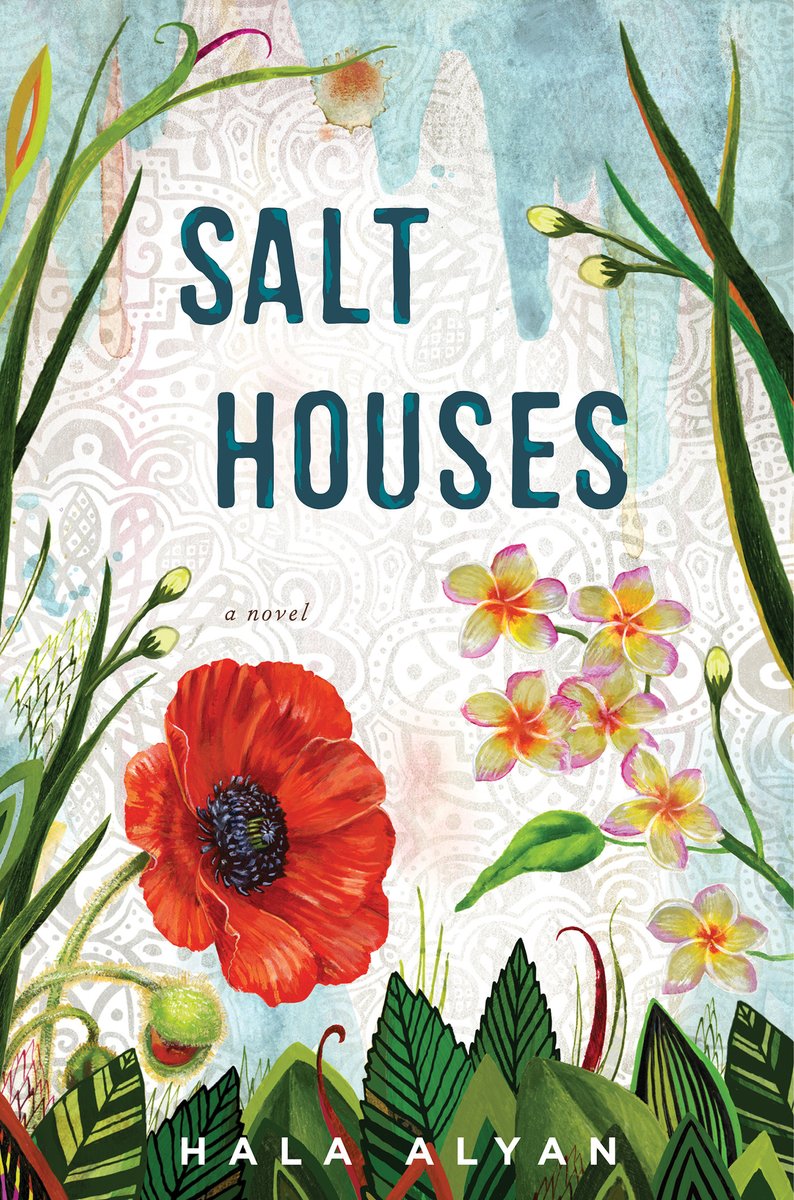Serat Ngalamating Kucing is a Javanese manuscript from Yogyakarta that consists of verses depicting different types of cats. Each verse depicts a unique type of cat and its traits, written in the form of "tembang", poetic lines that can be sung. A thread for #FolkloreThursday 

For example, a verse about a cat called "wulan krahingan" (daylight moon) depicts a black cat with white belly spot, preferably on the left and with short tail. This type of cat is believed to bring luck and grant wishes. 

Another type of cat called "pujanggana mengku" (a poet's cradle) has white coat except for a black spot on its head. This cat is said to symbolize good virtues and integrity, a reminder for the owner to match the cat's quality with their attitude. 

Another good luck cat is called "sangga buana" (pillar of the world), a cat with marks on its back while its body and face have the same color. It's considered a good luck, especially if it has a short tail. 

One of the favorite types is probably "udan emas" (rain of gold). This type of cat has reddish coat with white streaks like a deer. If fed and treated well, this cat is believed to bring prosperity and good reputation. 

The verses not only describe physical qualities, but also behaviors. For example, in verse 17, a cat that sleeps on the owner's pillow or clothes on late afternoon will bring good luck. In verse 18, cats that immediately play with you after waking up also signal good luck. 



This is not the only traditional text that describes characteristics of cats. Bali has "Carcan Kucing/Carcan Meyong" a palm leaf manuscript that describes types of cats and their qualities. It's kept at Gedong Kirtya, a palm leaf manuscript museum in Buleleng Regency, Bali. 

• • •
Missing some Tweet in this thread? You can try to
force a refresh





















